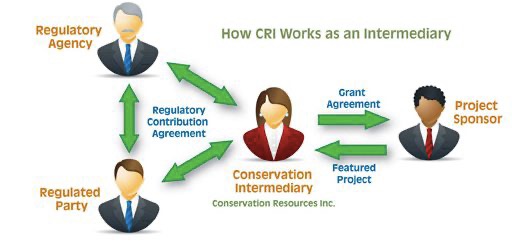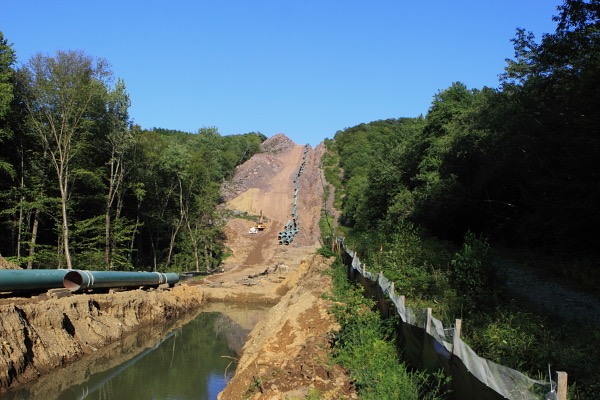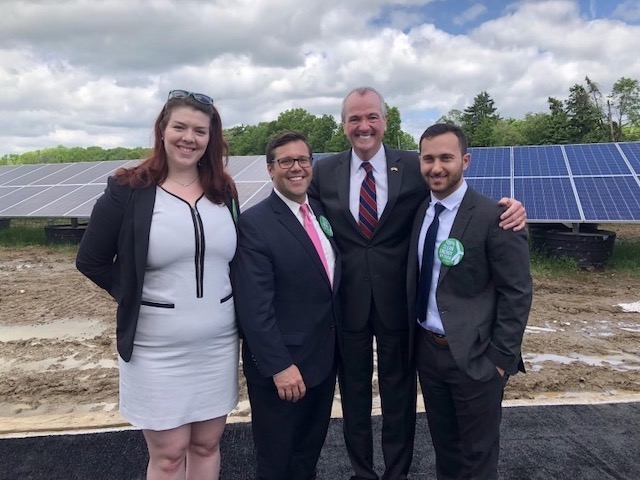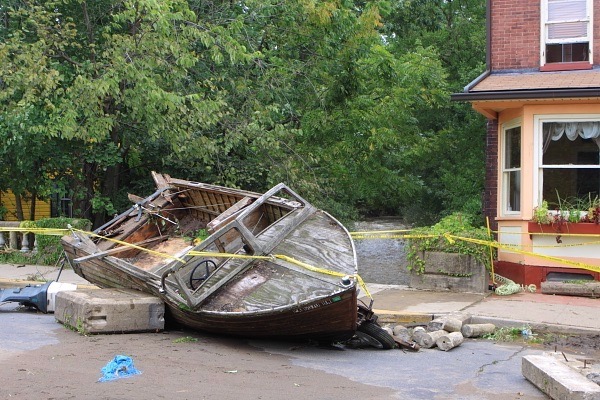There Is No Line Of Murphy DEP BS That Jon Hurdle And NJ Spotlight Won’t Print
Public Duped (Again) About Combined Sewer Overflow (CSO) Permits
DEP’s False Narrative Of “First Ever” Uncritically Parroted And Transcribed
“In an effort to prevent raw sewage from spilling into New Jersey’s waterways, the state is beginning to require sewer plants to plan for 500-year storms and to prepare for extended outages of up to 14 days.” (NJ Spotlight, 9/17/14)
DEP is actually going backwards on climate adaptation and protection of water resources.
As just one example, see the above quote, which illustrates that DEP was incorporating the 500 year climate driven storm and flood in permits almost a decade ago. Yet current DEP proposed inland flood rules and draft CSO permits do not mandate the 500 year storm.
Do NJ Spotlight reporters and editors read their own reporting?
Ignoring all that, NJ Spotlight today published another puff piece by Jon Hurdle on the public hearing for DEP’s recently proposed combined sewer overflow permits, see:
Of course the public welcomes that, but the public doesn’t know how to read draft DEP permits and regulations, so they are unaware that they have been duped, again.
They have not only been duped, they are parroting DEP talking points:
“It was so gross. I am so grateful that we have been granted the first opportunity … to fix our destitute sewer systems.”
This nonsense about “the first” is a false narrative manufactured by DEP to create the false appearance of leadership and it comes directly from DEP’s December 13, 2022 press release. I exposed that sham in this post:
And once again, NJ Future actively misleads the public (or they haven’t read or understood the draft permits, especially in light of DEP’s recent “variance” loophole proposal and the fatal flaws in DEP’s inland flood rule proposal: (NJ Spotlight)
“We are happy to see that the facility floodproofing plan is based on sea-level rise data,” said Patricia Dunkak of the nonprofit New Jersey Future, in one of a series of five-minute speeches.
But she asked: “How will DEP incorporate NJ PACT rules into this permit and future permits? Will future hydrologic modeling be updated based on precipitation data and modeling?”
By law, everything DEP does must be “based on data”. The critical issue is WHAT DATA? And to meet WHAT STANDARD?
DEP did not use current rainfall data (or “design storm” statistics) or climate science based projected sea level rise, rainfall, or flooding data – not even the 500 year storm, which already has been exceeded multiple times.
How could Ms. Dunkak not know the answer to her question? Did she read the draft permit? Did she read the DEP’s proposed inland flood rules?
And once again, environmental groups – and NRDC does read permits and regulations, or at least they used to – pull punches and provide cover:
For low-income communities served by utilities that are facing the major costs of upgrading their infrastructure, the Environmental Protection Agency provides affordability guidelines that propose more time for those utilities to meet permit requirements. But it is unclear for now whether New Jersey will follow the federal guidelines, argued Larry Levine, Director of Urban Water Infrastructure at the Natural Resources Defense Council.
Note the mention of the US EPA and not NJ DEP – this is done for a dishonest reason.
It masks DEP’s recently proposed “variance” loophole. NRDC knows this and so does Jon Hurdle.
It is correct that the EPA Clean Water Act rules provide a “variance”, but this permit is issued by the NJDEP under State water pollution control rules, which historically have been far more stringent than federal minimums.
The Murphy DEP just weakened that historic policy in their “variance” loophole – this is the same as Christie Whitman’s “federal consistency” rollback policy initially adopted in Executive Order #27.
That Order not only sought to roll back more stringent NJ State environmental regulations to federal minimums, it also for the first time mandated “cost-benefit analysis” in rulemaking.
The DEP “variance” loophole implements both Whitman rollback policies: federal consistency and cost based considerations. The CSO permits combine and expose those rollback policies.
Here is how NRDC misleads the public about that:
“As these draft permits start to come out, we are going to see how the state is responding — whether they are going to propose permits that give these cities as long as they want, or whether the state says you can’t have 20 or 30 years,” Levine said. “You have got to do this faster, and we are putting the onus on you to figure that out. “
The DEP will have to balance its responsibility for ensuring sewage-free streets with an assessment of the ability of a community to pay within a certain time, Levine said.
What absolute bullshit.
Did Mr. Levine read the draft permit and the DEP’s proposed “variance” rule? Why is he asking questions instead of making fact based criticisms?
And I won’t even bother with the spin about environmental justice.
I sent reporter Jon Hurdle this note to expose this misleading reporting:
Jon – 4 points:
1. What’s going on here? Did you read prior NJ Spotlight stories, include one you recently wrote?
If you OPPOSE DEP, you get 2 minutes to comment:
“You can’t have any grandfathering, you can’t have any compromises with the fossil-fuel and transportation industries,” Riss said, in one of a series of two-minute speeches. “
If you SUPPORT DEP, you get 5 minutes to comment:
“We are happy to see that the facility floodproofing plan is based on sea-level rise data,” said Patricia Dunkak of the nonprofit New Jersey Future, in one of a series of five-minute speeches.
2. Ask NRDC for comments on DEP’s “variance” proposal and how it would apply to these CSO permits (and the DRBC water quality standards upgrade).
3. Ask NJ Future about the 500 year design storm – Tom Johnson wrote about that:
“In an effort to prevent raw sewage from spilling into New Jersey’s waterways, the state is beginning to require sewer plants to plan for 500-year storms and to prepare for extended outages of up to 14 days.”
The inland flood rules have the same fatal flaw which will result in under-designed and obsolete infrastructure systems.
The US army Corps of Engineers just admitted that failure and the waste of $14 billion in New Orleans.
4. There was no “first” here. As I wrote just yesterday, that’s a false narrative:
http://www.wolfenotes.com/2023/01/nj-climate-activists-have-zero-credibility-and-no-spine/
“DEP was again touting their program as “the first ever” (remember that CSO press release?), and trying to manufacture a false narrative of leadership and policy innovation.
But what DEP actually did here was to recycle and rebrand a 15 year old law and take credit for it!
There was no “first ever” and policy leadership in DEP’s press release/event in Trenton last week (and it was not a “ceremony”, the ridiculous term used by Jon Hurdle).
DEP merely repackaged and rebranded a carbon sequestration program created way back in 2007, under the Global Warming Solutions Fund Act, see P.L 2007, c.340:
“(4) Ten percent shall be allocated to the department to support programs that enhance the stewardship and restoration of the State’s forests and tidal marshes that provide important opportunities to sequester or reduce greenhouse gases.”
I’ve documented all this multiple times recently.
Do better.



